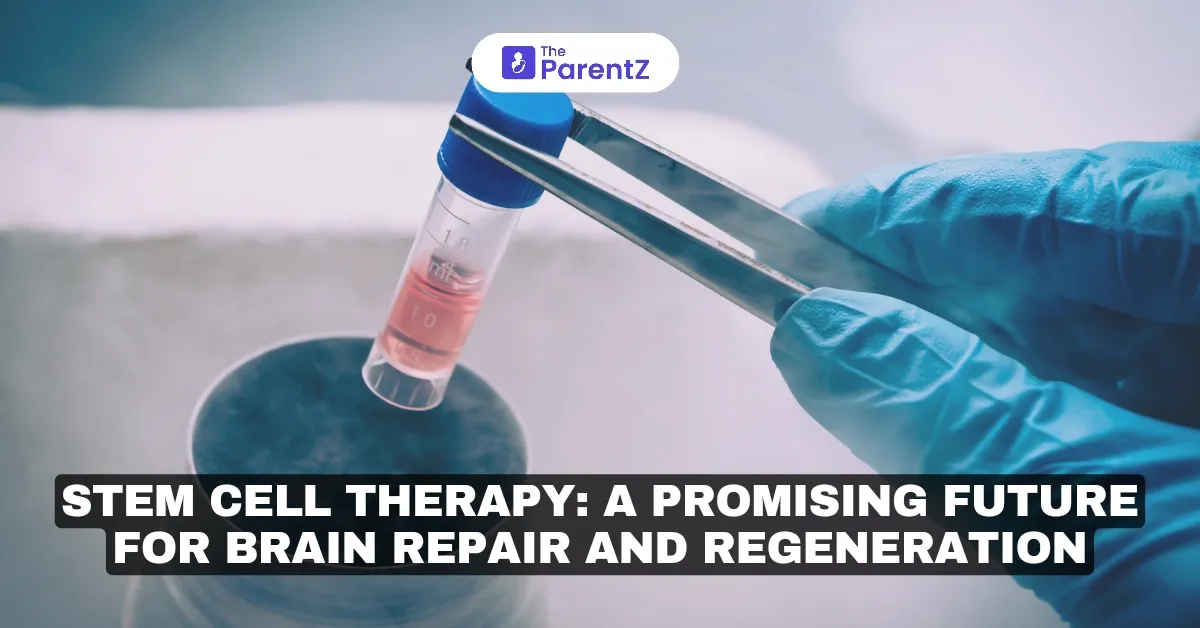The human brain, often referred to as the most complex organ in the body, holds mysteries we are only beginning to unravel. Brain injuries and neurodegenerative diseases like stroke, Parkinson’s disease, and Alzheimer’s leave millions worldwide with debilitating consequences. Traditional treatments often focus on symptom management rather than repair, leaving a gap in restorative care. Enter stem cell therapy, a groundbreaking approach offering the potential to repair and regenerate damaged brain tissue.
What Is Stem Cell Therapy?
Stem cell therapy involves the use of stem cells, which are undifferentiated cells capable of developing into various specialized cell types. These cells possess two key characteristics:
1. Self-renewal: They can divide and replicate indefinitely.
2. Differentiation: They can transform into specific cell types, such as neurons, glial cells, or other brain tissues.
The ability of stem cells to regenerate and repair damaged tissues makes them a promising tool in the field of regenerative medicine, particularly for brain repair.
Why Is Brain Repair Challenging?
The brain has a limited capacity to repair itself. Unlike other organs, neural tissues cannot easily regenerate after damage. Factors contributing to this limitation include:
• Low Regenerative Ability: Most neurons do not divide or regenerate after birth.
• Complexity of Neural Networks: The intricate connections between neurons make precise repair difficult.
• Blood-Brain Barrier: This protective barrier prevents many therapeutic agents from reaching damaged brain tissues.
These challenges underscore the need for innovative therapies like stem cell treatments.
Types of Stem Cells Used for Brain Repair
Different types of stem cells are being explored for their potential in brain repair:
1. Embryonic Stem Cells (ESCs)
• Derived from early-stage embryos, ESCs are highly versatile and can develop into any cell type, including neurons.
• Ethical concerns and potential for tumor formation remain challenges for their use.
2. Induced Pluripotent Stem Cells (iPSCs)
• These are adult cells genetically reprogrammed to behave like embryonic stem cells.
• iPSCs eliminate ethical concerns and can be derived from the patient’s own cells, reducing rejection risks.
3. Neural Stem Cells (NSCs)
• Found naturally in the brain, NSCs are precursors to neurons and glial cells.
• They are particularly promising for directly repairing damaged neural tissue.
4. Mesenchymal Stem Cells (MSCs)
• Harvested from bone marrow, fat, or umbilical cord tissue, MSCs have anti-inflammatory properties and can support brain repair indirectly.
How Stem Cell Therapy Works for Brain Repair
Stem cell therapy aims to restore brain function through mechanisms such as:
1. Replacing Damaged Neurons: Stem cells can differentiate into new neurons, replacing those lost due to injury or disease.
2. Promoting Neural Regeneration: They release growth factors that stimulate the brain’s natural repair processes.
3. Reducing Inflammation: Stem cells can modulate the immune response, reducing inflammation that exacerbates brain damage.
4. Forming New Connections: They can help reestablish connections between neurons, improving communication within the brain.
Applications of Stem Cell Therapy in Brain Repair
Stem cell therapy shows promise in addressing a wide range of neurological conditions:
1. Stroke Recovery
• Stroke damages brain tissue by cutting off blood supply.
• Clinical trials are exploring how stem cells can regenerate neurons, improve motor functions, and restore cognitive abilities in stroke patients.
2. Parkinson’s Disease
• This neurodegenerative disorder results from the loss of dopamine-producing neurons.
• Stem cells are being used to create new dopamine neurons and alleviate symptoms like tremors and rigidity.
3. Alzheimer’s Disease
• Alzheimer’s causes progressive neuron loss and cognitive decline.
• Research is focused on using stem cells to regenerate neurons and reduce the plaques associated with the disease.
4. Traumatic Brain Injury (TBI)
• TBI disrupts neural networks, leading to long-term impairments.
• Stem cells offer hope for repairing damaged tissue and restoring lost functions.
5. Spinal Cord Injuries
• Though not directly part of the brain, spinal cord injuries affect brain-body communication.
• Stem cell therapy is being tested to regenerate nerve fibers and improve mobility.
Challenges and Ethical Considerations
While promising, stem cell therapy for brain repair faces several hurdles:
1. Safety Concerns
• Risks include tumor formation, immune rejection, and unintended differentiation of stem cells.
2. Ethical Issues
• The use of embryonic stem cells raises ethical questions about the destruction of embryos.
3. High Costs
• Stem cell treatments are expensive, limiting accessibility for many patients.
4. Scientific Limitations
• Understanding how to control stem cell differentiation and integration into neural networks is still a challenge.
The Future of Stem Cell Therapy for Brain Repair
Ongoing advancements in stem cell research are paving the way for breakthroughs in brain repair:
• Gene Editing: Technologies like CRISPR are being used to enhance stem cell performance and safety.
• Bioprinting: 3D printing with stem cells could create personalized neural tissues for transplantation.
• Clinical Trials: More trials are focusing on stem cell therapies for conditions like ALS, Huntington’s disease, and epilepsy.
As research progresses, stem cell therapy is moving closer to becoming a standard treatment for brain injuries and neurological disorders.
Final Note: A Ray of Hope
Stem cell therapy represents a revolutionary approach to brain repair, offering hope to millions affected by neurological conditions. While challenges remain, the progress made so far is nothing short of remarkable. For patients and families, this field holds the promise of restoring not just health but also quality of life.
The future is bright, and the era of regenerative medicine is just beginning.
Key References for Further Reading
• Journal of Neuroscience Research: Updates on stem cell therapy for brain repair.
• The Lancet Neurology: Insights into clinical trials involving stem cells.
• Nature Medicine: Breakthroughs in stem cell-based neuroregeneration.








Be the first one to comment on this story.